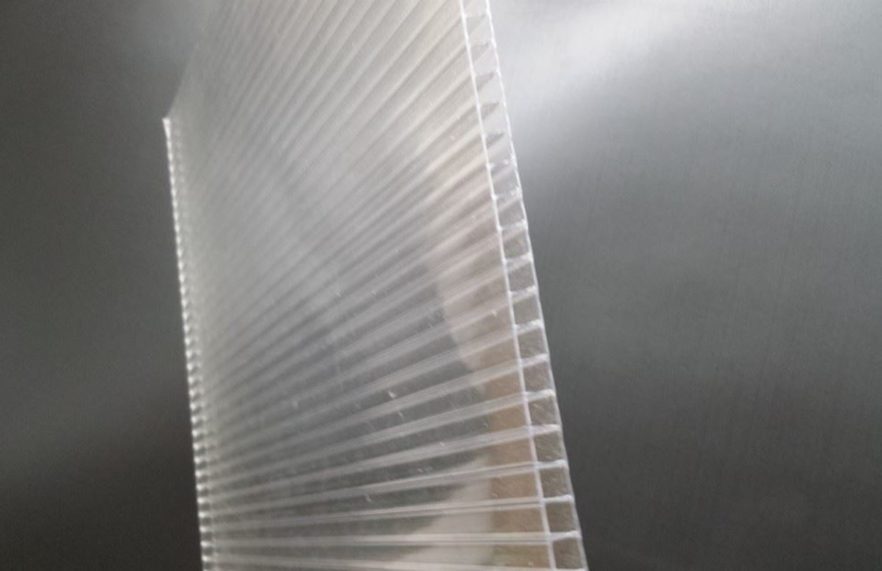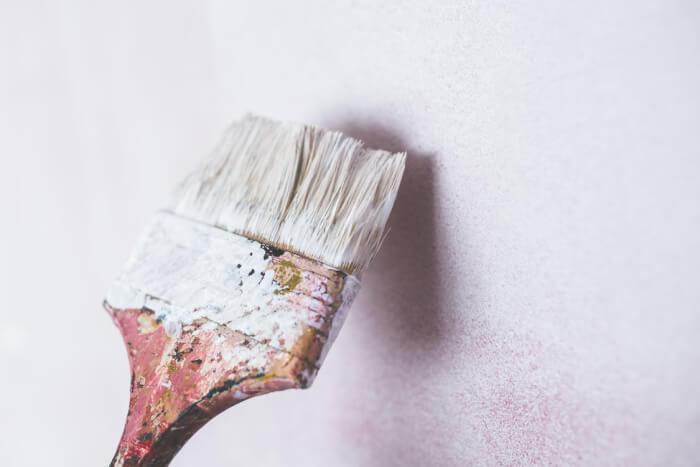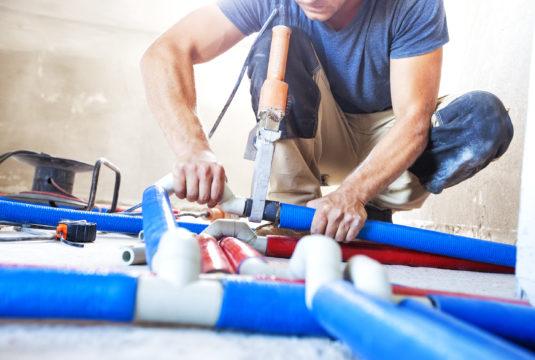Polycarbonate panels are becoming more popular in architecture because of their modern appearance and strong performance characteristics, such as durability, energy efficiency, and cost effectiveness. Also, polycarbonate panels used for construction of internal and exterior walls, and even roofs and skylights, increase the quantity of natural light allowed into interior areas, which is beneficial to both psychological and physiological health. What you need to know about the current trend of this light-loving material’s translucence is presented here.
Explanation about the mystery material known as polycarbonate.
Polycarbonate (PC) is a thermoplastic polymer whose chemical structures include carbonate groups. As seen in this San Francisco house, polycarbonate is an optically transparent material that is both robust and strong when utilized in engineering. Polycarbonate’s versatility stems from the fact that it can be readily shaped, molded, and thermoformed.
Advantages of using PC panels
Protection against impacts is one of their primary functions.
One of the major reasons polycarbonate panels are utilized for glazing is because they may be up to 200 times stronger than glass panels. They are so tough that they can survive the elements, even in the midst of a blizzard or a hurricane.
Insulating and letting in some soft sunlight, the polycarbonate panels that cover the south side of this studio are a smart design choice (as can be seen in the interior of the studio, picture below). At night, the studio’s lights make it seem like a lantern.
In terms of energy use, they are rather efficient.
The level of heat insulation provided by polycarbonate panels varies with their specific structural design. Some of the most effective thermal insulation in construction is provided by multi-wall polycarbonate panels, which consist of Lexan polycarbonate sheet separated by an air gap. They may cut down on heating and cooling needs, which in turn lowers utility costs.
Unique in appearance,
Polycarbonate panels can be printed on in a rainbow of hues and textures, cut into unique shapes, and molded into corrugated or textured shapes for a wide variety of unique design applications.
Housed in Melbourne’s inner city, the aptly named “Polygreen” has been wrapped in a translucent polycarbonate skin printed with an abstract pattern to bring more “green” to the neighborhood and to create a striking decorative effect from the inside.
They allow a great deal of light to pass through
Nearly as transparent as glass, polycarbonate panels allow for the transmission of roughly 88% of visible light. The internal loss of light transmission increases with polycarbonate thickness, but only slightly. Polycarbonate allows more light to reach deeper into a room than glass does because the material scatters and dilutes the light.
Coloring and texturing them is possible.
The amount of visible light that can pass through polycarbonate varies with its texture and tint. The entry gallery is bathed in gentle, ethereal light from a south-facing, bottle-green polycarbonate wall.
They are cheap and efficient.
The use of polycarbonate panels helps reduce utility bills for heating, cooling, and lighting. Furthermore, the panels’ low weight means that they can replace fewer pieces of glass in a building’s framework, resulting in lower transportation costs. Maintenance expenses may be reduced if a material is long-lasting and simple to clean.






